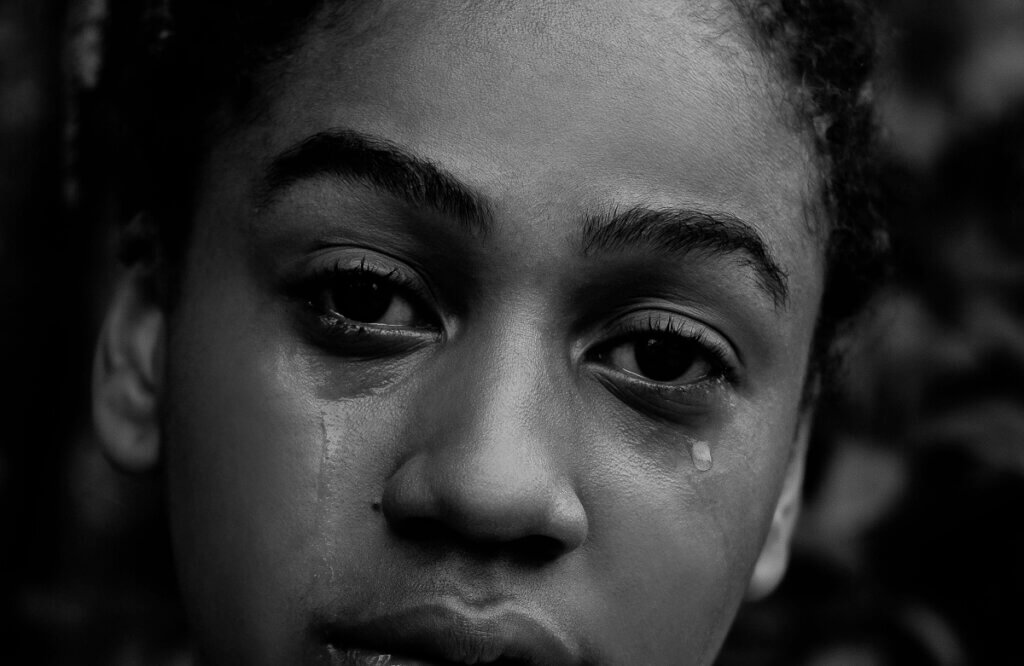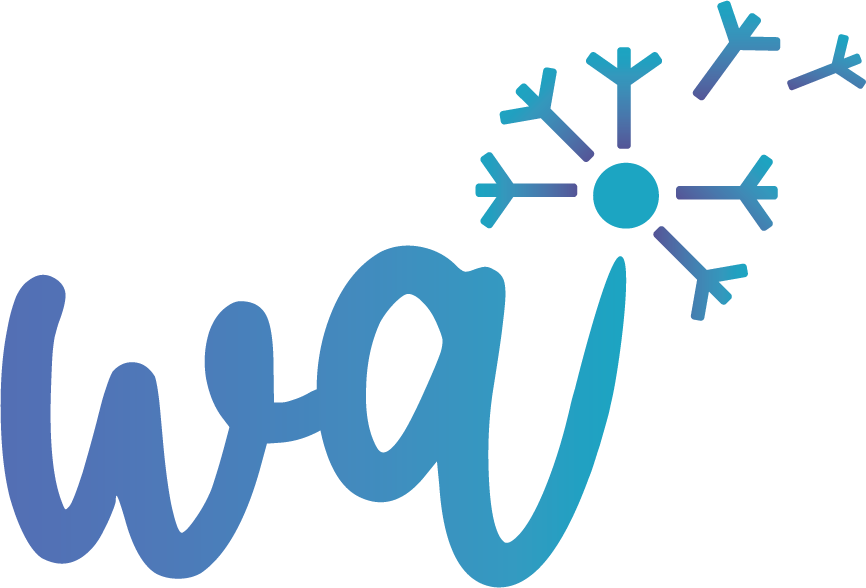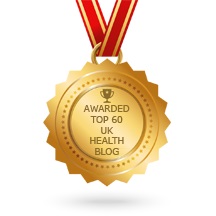Dry eyes and allergies often go hand in hand. You could have both conditions at the same time, or just one, but how do you tell the difference? And how do you treat them both?
How do you tell the difference between dry eye and allergies?
It can be confusing to work out which condition you have. Always seek medical advice if you’re unsure.
- Dry eyes, also known as dry eye syndrome or keratoconjunctivitis sicca, is a common condition that occurs when the eyes do not produce enough tears or when the tears evaporate too quickly. Tears are vital for maintaining the health of the eyes as they provide lubrication, keep the surface of the eyes smooth and clear, and protect against infections. Confusingly, many people with dry eye will experience very watery eyes as the body tries to alleviate the dryness, making it hard to work out what’s going on. Who is going to google ‘dry eye’ if they have inflammation and excessive watering?
- Allergic irritation may come and go. Allergies can cause inflammation and irritation of the eyes, leading to dryness and discomfort, and can be seasonal. If it’s caused by an allergen in the air it may only happen between certain high pollen months, or when exposed to mould, dust etc.

Symptoms of dry eye
When the tears do not adequately lubricate the eyes, it can lead to various uncomfortable symptoms. People with dry eyes may experience a gritty or sandy sensation in their eyes, redness, itchiness, burning or stinging sensations, blurred vision, sensitivity to light, and increased eye discomfort when performing visually demanding tasks, such as reading or using a computer.
What causes dry eye?
Dry eyes can be caused by a range of factors:
- Age (as tear production decreases as we get older)
- Hormonal changes (such as during menopause)
- Certain medications, including antihistamines, decongestants, and hormonal therapies, can cause or worsen dry eye symptoms.
- Environmental factors (like dry or windy conditions)
- Prolonged screen time
- Smoke
- Wind and dry weather conditions and climates
- Exposure to air conditioning
- Underlying health conditions (e.g., Sjögren’s syndrome, rheumatoid arthritis, diabetes, Graves disease and thyroid disorders can increase the risk of dry eye.
- Lifestyle choices (like smoking or excessive caffeine consumption)
Check out the NHS website on ‘Dry Eyes’.
How can you treat dry eye?
Treatment options for dry eyes include using artificial tears or lubricating eye drops to supplement tear production, managing underlying health conditions, taking breaks during screen time or using specialised computer glasses, using a humidifier to add moisture to the environment, avoiding exposure to dry or windy conditions, and practicing good eye hygiene. If you can work out what your own triggers are you can minimise your outbreaks.
Seek professional advice from an Optician or doctor
It is important to consult with an eye care professional if you experience persistent or severe symptoms of dry eyes, as they can provide a proper diagnosis and recommend the most suitable treatment plan for your specific case. Leaving it undiagnosed or untreated could mean an underlying condition is missed and you could experience damage to the cornea if left unchecked. It’s also very uncomfortable so get it looked at and sorted!
How common is dry eye?
Dry eye is probably more common than you think. The following statistics provide an overview of dry eye prevalence, risk factors, and potential impacts:
- According to the Tear Film and Ocular Surface Society’s International Dry Eye Workshop (DEWS), dry eye affects approximately 5-50% of the adult population worldwide.
- In the United States, it is estimated that around 16 million adults have diagnosed dry eye, with millions more experiencing occasional symptoms.
- The NHS (UK) says that dry eye affects around one in three people in the UK at some point in their lives. It is more common in older individuals, with prevalence increasing with age.
- Additionally, the NHS estimates that around 4.8 million people in the UK aged 45 years and older are affected by some form of dry eye syndrome
- Dry eye tends to be more prevalent in older individuals, especially those above the age of 50.
- Women are more likely than men to develop dry eye, especially during hormonal changes such as menopause.
How does ‘dry eye’ affect quality of life?
It may sound like just a minor condition that you can live with, but it can be very uncomfortable, causing many problems for those who have it, including:
- Discomfort, including a burning or gritty sensation, redness, itchiness, and excessive tearing.
- It may affect visual acuity, causing blurred or fluctuating vision.
- Reading, driving, and using digital screens can be difficult
- In severe cases, dry eye can lead to damage on the ocular surface, corneal ulcers, and vision disturbances.
It’s important to note that these statistics may vary depending on the study population, geographical location, and methodology used in research. If you are experiencing symptoms of dry eye, it is recommended to consult an eye care professional for a proper diagnosis and treatment plan.
What can you do if you have dry eyes?
Here are some ways to manage dry eyes and allergies:
- Avoid allergens: Identify and avoid triggers that cause your allergies, such as pollen, dust, pet dander, or certain foods. Keep windows closed during high pollen seasons, use air purifiers, and regularly clean your living spaces to minimize allergen exposure.
- Use artificial tears: Over-the-counter lubricating eye drops or artificial tears can help relieve dryness and provide temporary relief for irritated eyes.
- Apply cold compresses: Use a cold compress or washcloth on your closed eyes to alleviate itchiness and reduce inflammation.
- Take allergy medication: Over-the-counter oral antihistamines or prescription-strength allergy medications can help reduce allergic reactions and minimize symptoms, including dry eyes.
- Use a humidifier: Dry indoor air can worsen dry eyes. Adding moisture to the air with a humidifier can help alleviate dryness and provide relief.
- Limit eye strain: Staring at digital screens for long periods can worsen dry eyes. Take regular breaks and blink frequently to keep your eyes lubricated.
- Consult an eye doctor: If your dry eyes and allergies persist or worsen despite self-care measures, it’s important to consult with an eye doctor. They can provide a proper diagnosis and recommend additional treatment options, such as prescription eye drops or immunotherapy for allergies.
Remember to always consult with a healthcare professional for personalised advice and treatment options specific to your condition.
My own experience with dry eyes
I’ve been diagnosed with dry eye by my optician and have had it now for about ten years. I’ve tried quite a few things myself, including:
- Prescribed eye drops from my optician. Always check and make sure any eye treatments are steroid free as this may not be necessary.
- I’ve also used Artelac eye drops, which worked really well,
- If you are on a tight budget, the bog standard cheap ones from Savers are also good.
- I forget to use the eye drops most of the time though which is annoying. If you are forgetful like me, put a postit on the mirror in your bathroom to remind you.
- I also found cotton hankies useful for mopping up watery eyes, much better than paper tissues which can leave tiny bits of paper in your eye and make it worse. Always wash hankies daily and only use them on your eyes, not your nose as well!
I’d love to hear from anyone who has dry eye. When is it worse? What do you do to treat yours? What are you triggers?
Photo from Pexels by Mateus Souza:












Look out for BlepaDerm for eyelids and the surrounding skin areas – available from next year – Trehalose, Hylauronic Acid and Ophiopogon Japonius
Thanks Rob, that sounds interesting. I will look out for that.